Our Technology
Did you know?
Existing bacterial testing kits are slow, expensive, require complex techniques and equipment, and are often lab-based, making it nearly impossible for communities living in remote or low-resource settings to test their drinking water.
These current methods require over 24 hours of incubation time, increasing room for error, and are often unfeasible for the communities who need testing the most.
Our Solution
We've developed a water testing system that's smart, easy-to-use, and reliable.
We aim to democratise water testing and create sustainable impact in communities worldwide.
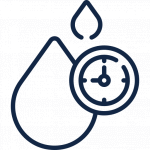
Rapid
Unlike other testing kits, WaterScope can detect bacteria in drinking water in as little as 8 hours and can provide reliable quantitative results in 21 hours—less time than current field kits.
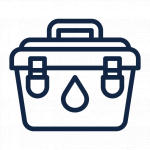
Transportable
The testing system is an all-in-one compact kit, allowing for easy transport and on-the-spot filtering & incubation without the need for complex lab equipment or techniques.
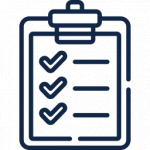
Simple
The testing system is simple and easy-to-use, requiring little training for the end-user and allowing more widespread take-up.

Reliable
Our attention to detail ensures that every round of testing is consistent and reliable. Our method is benchmarked against both ISO 9308-1 and -2, and accredited by an external ISO 17025 accredited lab.
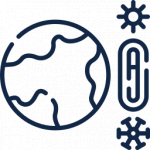
Robust
The testing system and its components have undergone robustness testing and deliver quality results, even in extreme settings & situations.
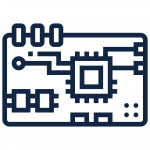
Digital
A small microscope, a Raspberry Pi computer module, & image recognition software enable early detection of bacterial growth.
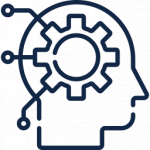
Smart
Using a machine learning algorithm, the bacterial identification and colony-counting process is completely automated, removing the possibility of human error or contamination.

Affordable
Relative to current testing kits on the market, WaterScope's testing system is low-cost, enabling more inclusive access to accurate bacterial testing opportunities.
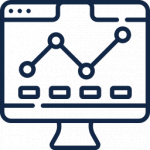
Data Driven
WaterScope is unique because we are data-driven: test results are automatically uploaded via an embedded IoT module to a user-friendly, central database. The ability to analyze global drinking water data is critical for achieving real impact and policy change.
According to the World Health Organisation (WHO), not a single bacterium can be present per 100mL of water for it to be safe to drink.
WaterScope® uses the conventional membrane filtration method for detecting bacterial presence, but we've eliminated complex sterilisation steps and the requirement for lab use, and miniaturised it for convenience.
How It Works
1.
The membrane and pad are situated in the slider, and the slider is then inserted into the metal cartridge using the side clamps to prepare for sample filtration.
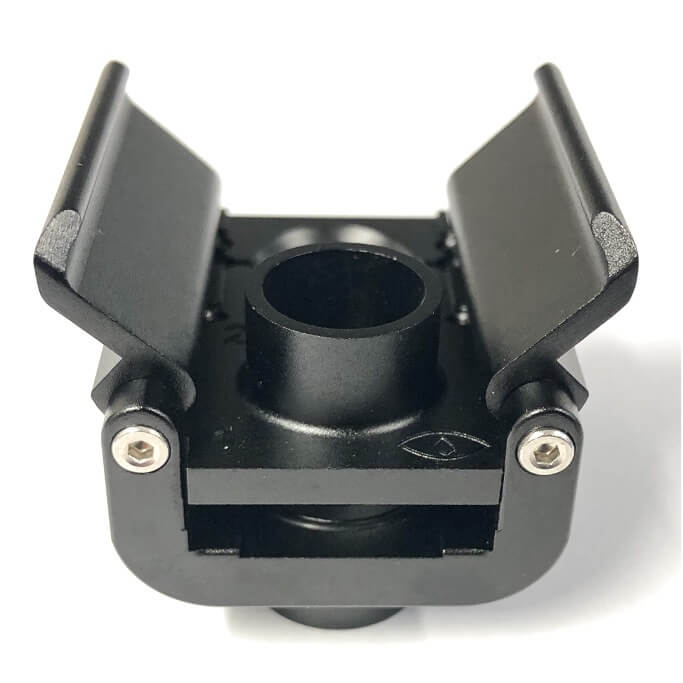
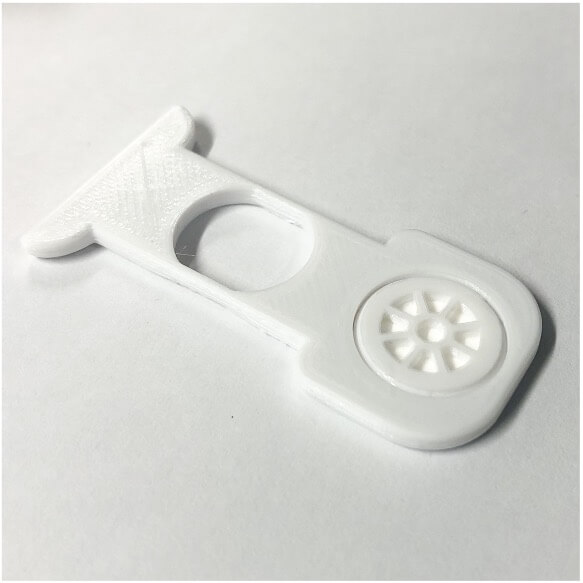
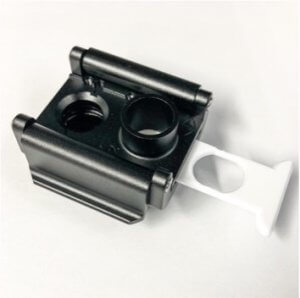
2.
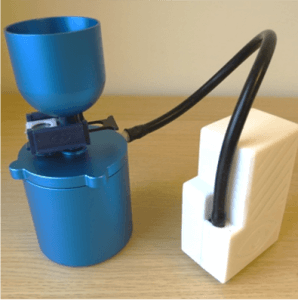
A water sample is collected using a motorized pump, which is connected to a power pack inside the testing system. The water filters through the funnel and cartridge into the collection cup.
3.
Liquid nutrient media is used to cultivate the bacteria on the absorbent pad, and the sample cartridges are placed within the kit's incubator tubes.

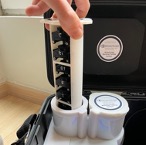

4.
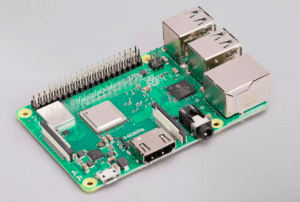
A microscope embedded within the system uses a Raspberry Pi computer module and image recognition software to identify early bacterial growth. Our machine learning algorithm automatically counts bacterial colonies, saving time and energy.
5.

Sample data is transferred to the WaterScope app via Bluetooth, where results are provided using a simple display and coloured key for analysis. Users can view both the raw photo of the water sample as well as the analysed photo.
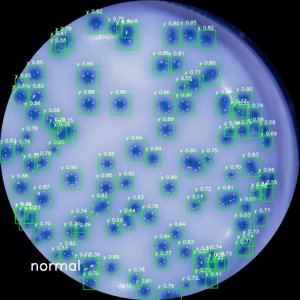
6.
The testing system's embedded IoT module which currently operates in over 165 countries facilitates the automatic upload of each test's data to a central dashboard.
This allows stakeholders to view and map water quality results in real-time, analyse trends, and access past results for their individual organisations or community networks.


